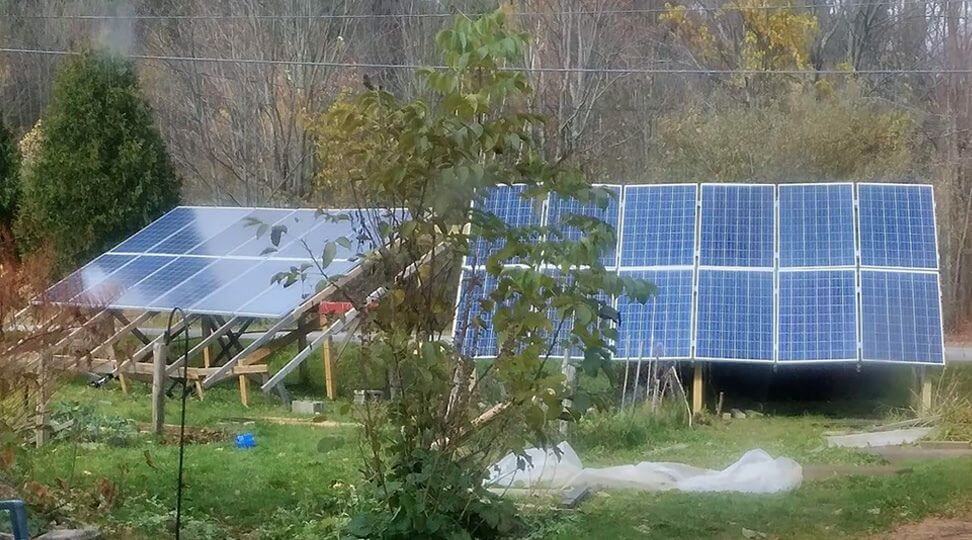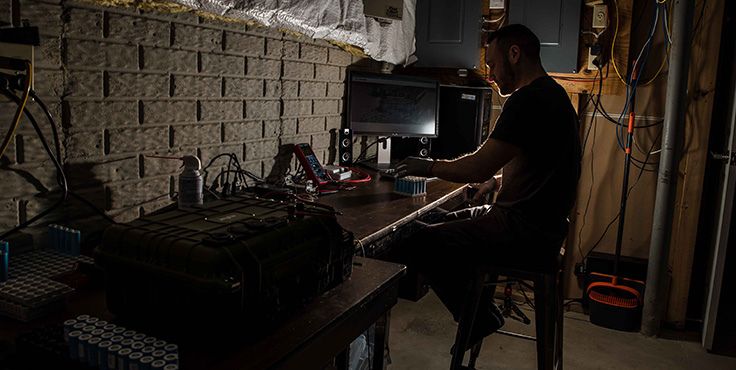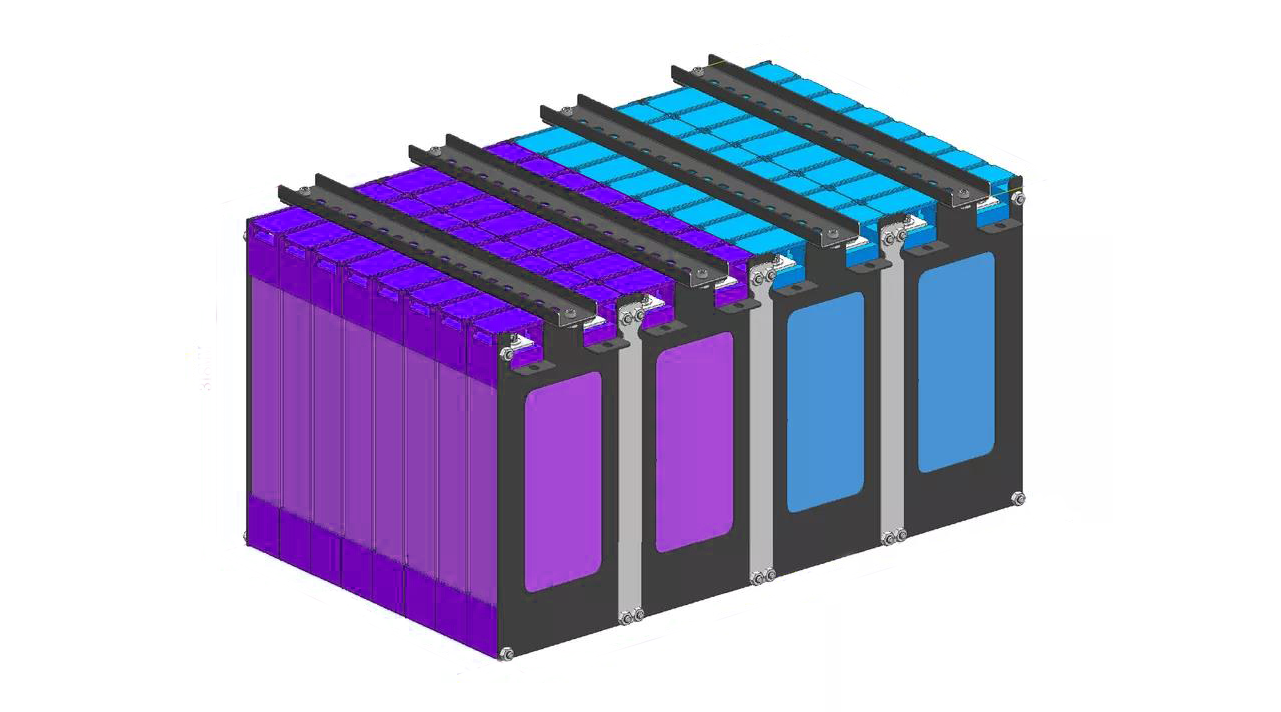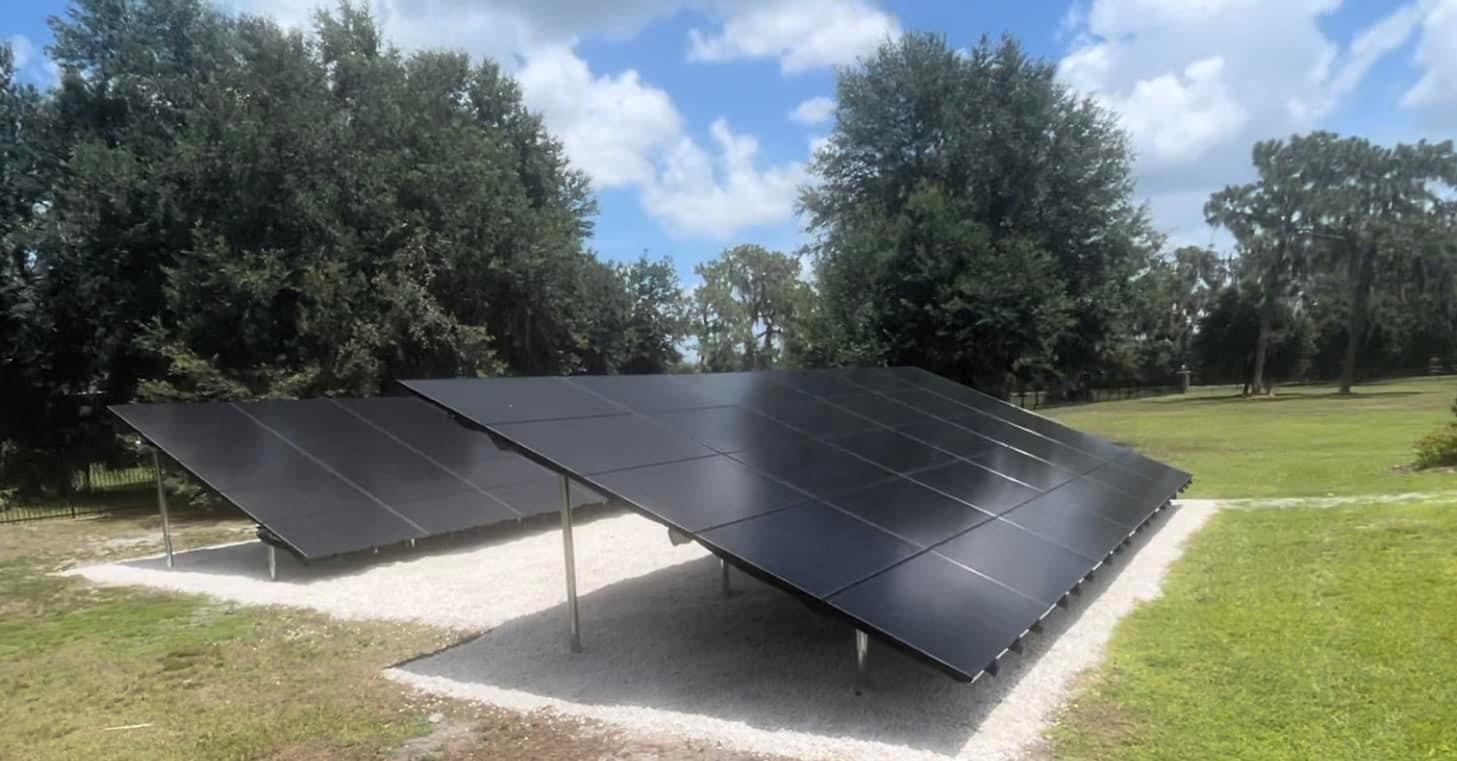
How to Make a Simple Solar System At Home
Building a simple solar system at home can be both a rewarding and sustainable project, offering you a glimpse into renewable energy generation. This article will guide you through the process of assembling both a traditional small solar setup and a very basic, limited solar system, ensuring that the information is accessible and straightforward. You can also check out our more detailed guide on building a DIY solar system for more comprehensive insights and tips.
Traditional Simple Solar Setup Components
For those looking to harness the sun's power more substantially, a small traditional solar system can be the way to go. Here's what you'll need:
- Solar Panels: Aim for multiple panels, each with at least 100 watts capacity, totaling a minimum of half a kilowatt. Ideally, you should target at least a kilowatt of usable power.
- Charge Controller: Essential for managing the power flow from the panels to the battery and preventing overcharging. There are two main types:
- PWM (Pulse Width Modulation): More straightforward and cost-effective, suitable for simple systems.
- MPPT (Maximum Power Point Tracking): More efficient but complex, optimizing the power output by adjusting the electrical current.
- Battery Bank: To store the energy collected by your solar panels. Lithium-ion batteries are recommended for their efficiency and compact size, although they require a BMS (Battery Management System) for safe operation.
- Inverter: Converts DC electricity from your solar panels and battery into AC electricity, usable by most household appliances.
- Wiring/Cabling: To connect all components safely and efficiently.
If you want to make a simple solar system at home, understanding the nuances of each component—from solar panels' capacity to the technical specs of charge controllers and batteries—is super important. The right setup not only maximizes energy capture but also ensures a stable, efficient power supply for various needs.
Basic Solar Setup Components
For those who prefer simplicity or have limited needs, a very basic solar system can be assembled with fewer components:
- Smaller Scale Solar Panels: Fewer and possibly less powerful panels, depending on your energy needs.
- Simplified Charge Controller: A PWM controller or even a MPPT compatible regulator could suffice for basic needs, directly connecting the solar panels to the battery.
- Smaller Battery Bank: A smaller lithium-ion battery. It doesn’t have to be massive, just large enough to store a kilowatt-hour or two of energy.
- Direct Usage: Instead of converting to AC, power DC appliances directly from the battery or use a simple DC to DC converter for necessary voltage adjustments. There are two main types of converters used for this purpose: a buck converter, which steps down the voltage, and a boost converter, which steps up the voltage to meet the requirements of different devices.
This minimalist solar configuration exemplifies how the adoption of renewable energy can be accessible and adaptable, catering to the unique needs and constraints of individuals who wish to embrace a more sustainable lifestyle with a straightforward and efficient solar solution.
Solar System Assembly and Safety
- Mounting Solar Panels: Place your solar panels in a sunny location, ensuring they are securely mounted and angled to capture the maximum amount of sunlight. Additionally, it is important to keep your solar panels clean to maintain efficiency; dust, debris, and other obstructions can significantly reduce their performance.
- Wiring: Connect your panels to the charge controller, which then connects to the battery bank. The inverter is then connected to the battery, converting DC to AC power for home use.
- Safety Measures: Ensure all components are correctly rated for your system's voltage and current requirements. Always follow the manufacturer's installation guidelines and consider professional help for complex setups.
When you are making your simple solar system, attention to detail in the installation process can mean the difference between a totally successful project and something you end up regretting.
Practical Tips
- Energy Efficiency: Start with energy-efficient appliances to reduce your total power requirements as much as possible.
- DC-DC: When possible use DC to DC power converting to AC comes with higher losses.
- Maintenance: Regularly check and maintain your system to ensure optimal performance and longevity.
Creating a simple solar system at home can be an enriching project, offering sustainability and independence from the grid. Whether you choose a traditional setup or a basic system, solar power provides a green alternative to conventional energy sources, reducing your carbon footprint and potentially saving on energy expenses.



